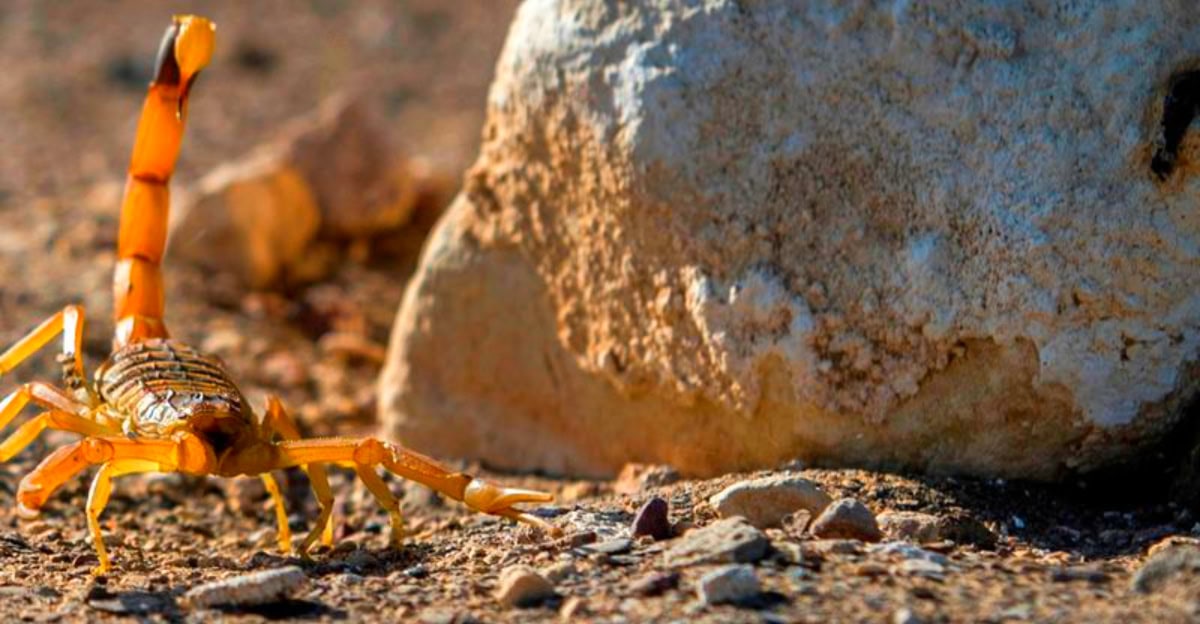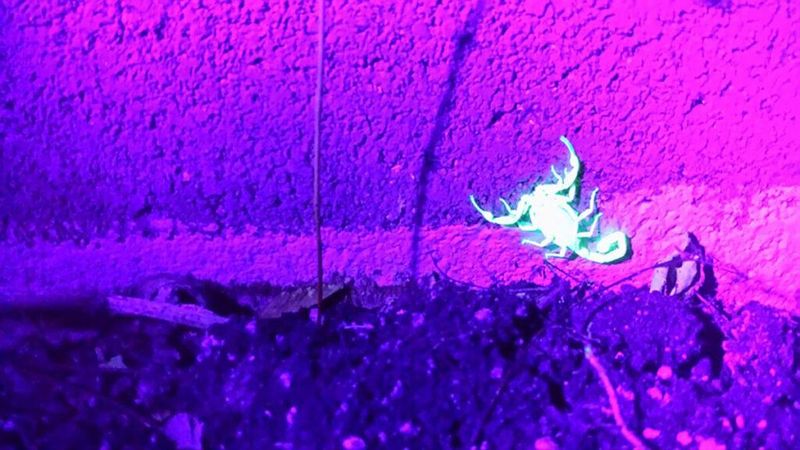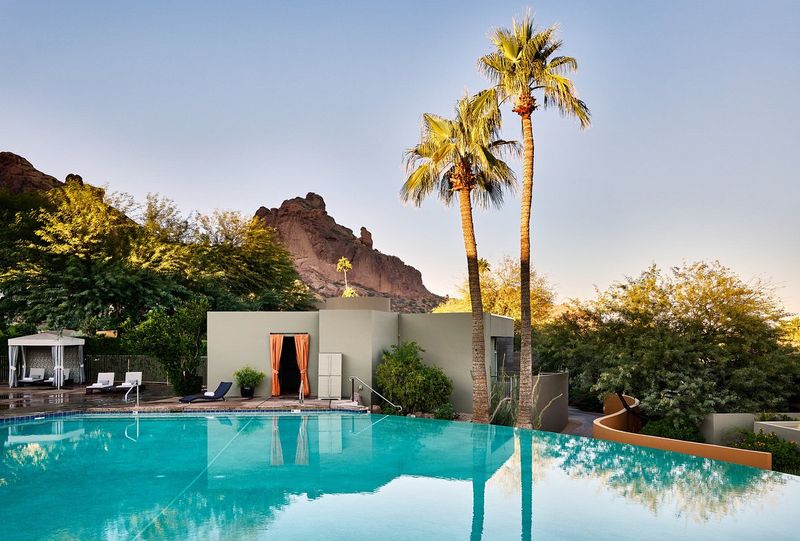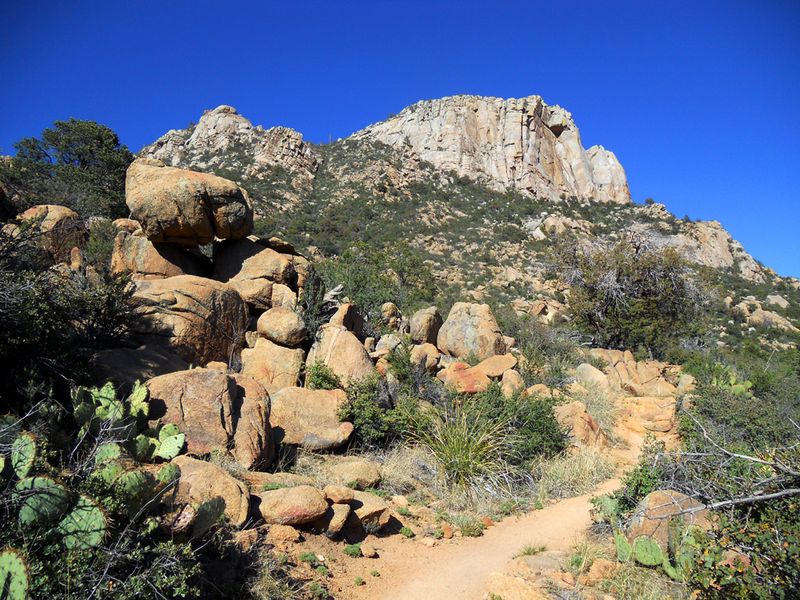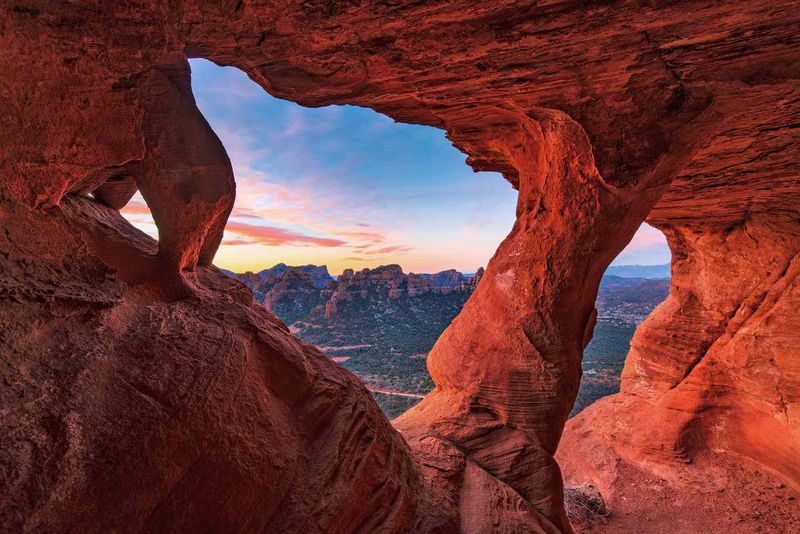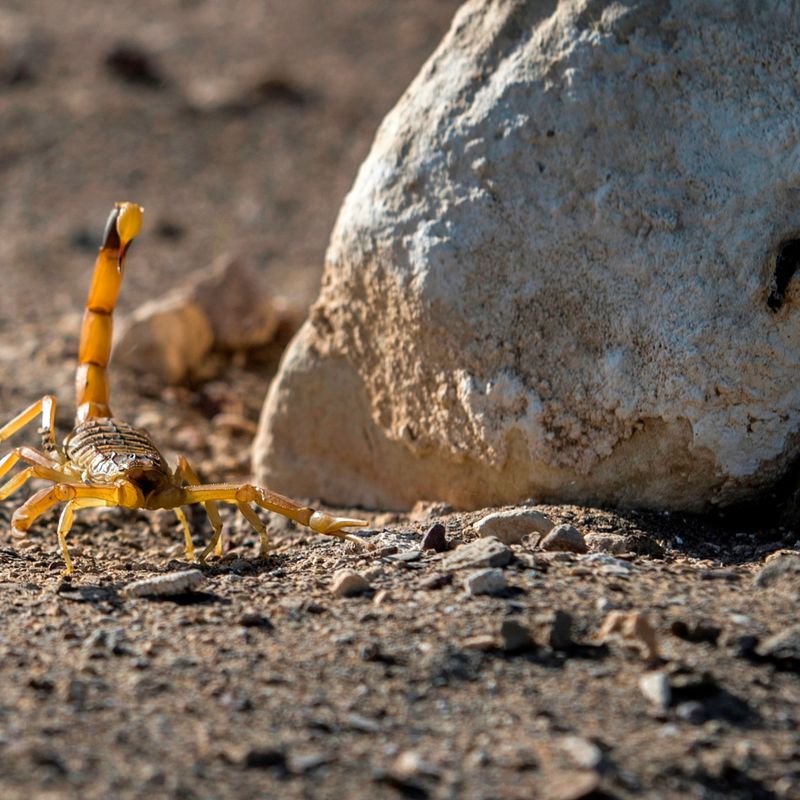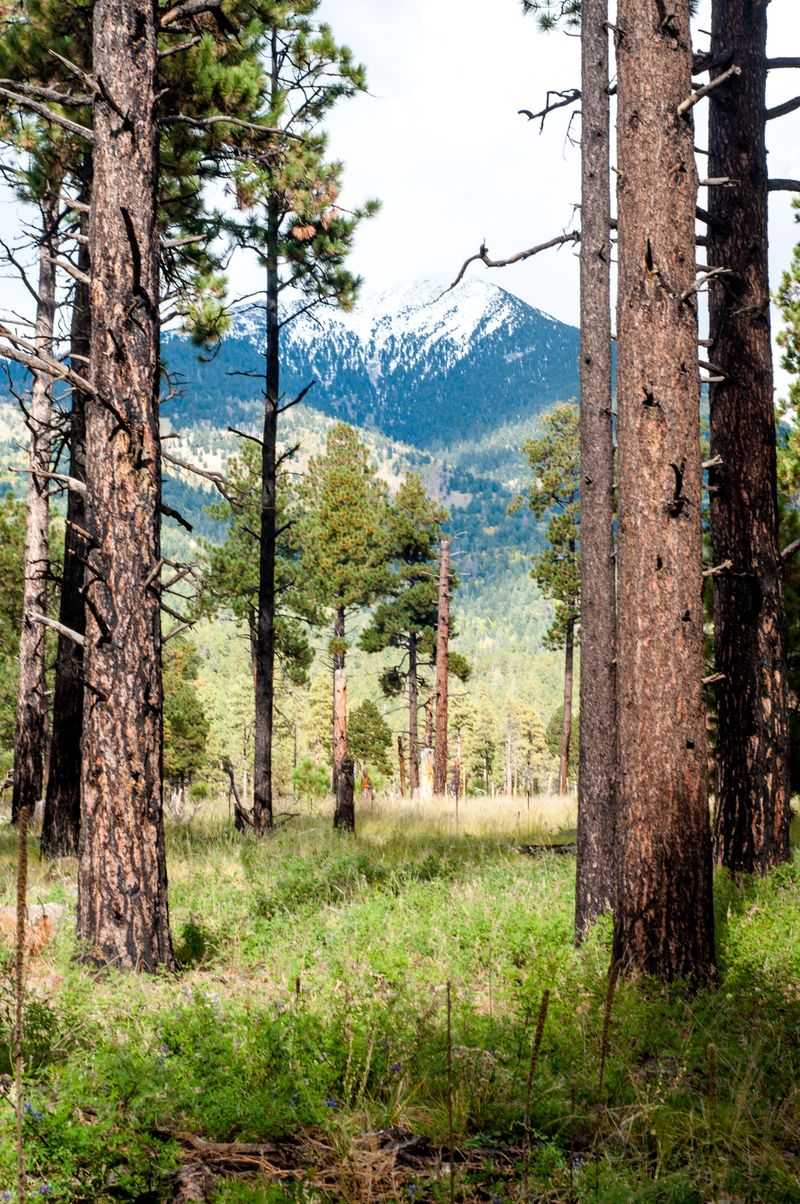Arizona might be famous for its stunning sunsets and desert beauty, but it’s also home to some seriously creepy crawlies that glow in the dark. Scorpions call this state their paradise, with species ranging from tiny stingers to massive desert giants. Whether you’re planning a camping trip or just moved to the Grand Canyon State, knowing where these eight-legged neighbors love to hang out could save you from a painful surprise.
1. Phoenix and the Valley of the Sun
Welcome to scorpion central, where the Arizona Bark Scorpion reigns supreme as North America’s most venomous arachnid. This bustling metro area provides perfect hunting grounds for these pale yellow creatures that love hiding in swimming pool equipment and patio furniture.
Urban sprawl hasn’t scared them away—it’s actually made life easier. They slip through tiny cracks in block walls and sneak into air conditioning units. Many Phoenix residents discover them glowing like tiny ghosts during blacklight inspections.
Professional pest control companies stay busy here year-round, but scorpions keep coming back to this desert oasis.
2. Scottsdale and Paradise Valley Luxury Zones
Million-dollar homes can’t buy freedom from scorpions in these upscale neighborhoods. Paradise Valley’s exclusive resorts and Scottsdale’s championship golf courses create an unexpected scorpion playground with their lush landscaping and rock features.
Wealthy homeowners spend thousands on monthly pest treatments, yet UV flashlight walks reveal the shocking truth. Scorpions scurry across manicured lawns and hide behind expensive outdoor art installations. Resort guests occasionally find uninvited roommates in their suites.
The contrast is striking—designer patios by day become scorpion highways after sunset, proving that money can’t eliminate nature’s toughest survivors.
3. Tucson and Saguaro National Park Wilderness
Giant saguaro cacti stand like ancient sentinels over Tucson’s scorpion kingdom, where multiple species thrive among the iconic desert landscape. Campers quickly learn that shaking out sleeping bags isn’t just good practice—it’s survival.
The rocky terrain provides endless hiding spots, while fallen saguaro arms create scorpion condos. National park rangers regularly encounter visitors who’ve had close encounters during evening nature walks. Educational programs now include scorpion safety demonstrations.
Tucson’s lower elevation and consistent warmth make it a year-round scorpion destination, especially in the foothills where rocky outcroppings offer perfect shelter.
4. Lake Havasu City Party Central
Spring breakers flock here for boat parties, but they’re not the only ones enjoying the nightlife. Lake Havasu’s rocky shorelines and hot climate create perfect conditions for both Bark and Stripe-Tailed Scorpions to flourish.
Beach camping takes on new meaning when scorpions emerge from rocky crevices after dark. Houseboat renters often discover glowing visitors exploring their decks. The famous London Bridge area sees regular scorpion activity despite heavy foot traffic.
Summer temperatures that drive humans indoors actually energize scorpions, making evening lakeside activities an adventure requiring closed-toe shoes and flashlights for safety.
5. Prescott Mountain Country Surprise
Don’t let the pine trees fool you—Prescott’s cooler mountain climate still harbors scorpions among its granite boulders and woodpiles. The elevation change doesn’t eliminate the threat, just reduces the population density compared to desert valleys below.
Cabin owners learn quickly to check firewood before bringing it indoors. Hiking trails through rocky terrain require extra caution, especially around Granite Dells where scorpions hide in stone crevices. Local emergency rooms treat fewer stings than Phoenix, but they still happen.
The scenic beauty of ponderosa pines and red rocks creates a false sense of security for visitors expecting mountain safety from desert dangers.
6. Sedona Red Rock Mystical Encounters
Spiritual seekers come for vortex energy, but scorpions have claimed Sedona’s red rocks as their sacred space long before New Age tourism arrived. The stunning sandstone formations provide countless hiding spots for these ancient desert dwellers.
Popular hiking trails like Bell Rock and Cathedral Rock require careful foot placement, especially during sunrise and sunset adventures. Tour guides now carry UV lights to demonstrate how scorpions glow against the mystical red stone backdrop.
Meditation retreats and yoga sessions sometimes include unexpected wildlife encounters, reminding visitors that Sedona’s magic includes respecting all desert creatures, even the stinging ones.
7. Yuma Extreme Desert Conditions
As one of America’s hottest cities, Yuma creates scorpion paradise where multiple species not only survive but thrive in brutal summer conditions that challenge human endurance. Agricultural areas attract prey insects, which in turn attract hungry scorpions.
Farm workers encounter them regularly in irrigation ditches and equipment sheds. Historic downtown areas see scorpions emerging from old building foundations. The Colorado River corridor provides moisture that supports larger populations than typical desert regions.
Summer night walks guarantee sightings for brave souls willing to venture out when temperatures finally drop below 100 degrees after midnight.
8. Flagstaff Northern Arizona Forest
Snow-capped peaks and ponderosa forests seem like scorpion-free zones, but Flagstaff proves that elevation and cooler temperatures don’t guarantee safety from stinging encounters. Stripetail Scorpions adapt well to higher altitudes and wooded terrain.
Camping in oak creek canyons and exploring volcanic cinder cones requires vigilance, as scorpions blend perfectly with dark lava rocks and forest debris. University students hiking around the San Francisco Peaks occasionally report glowing discoveries during night photography sessions.
The surprise factor runs high here because most visitors don’t expect desert dangers in mountain forests, making awareness and preparation even more critical.
